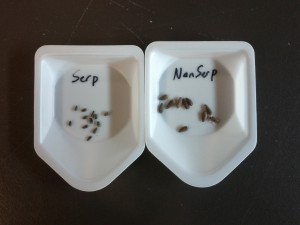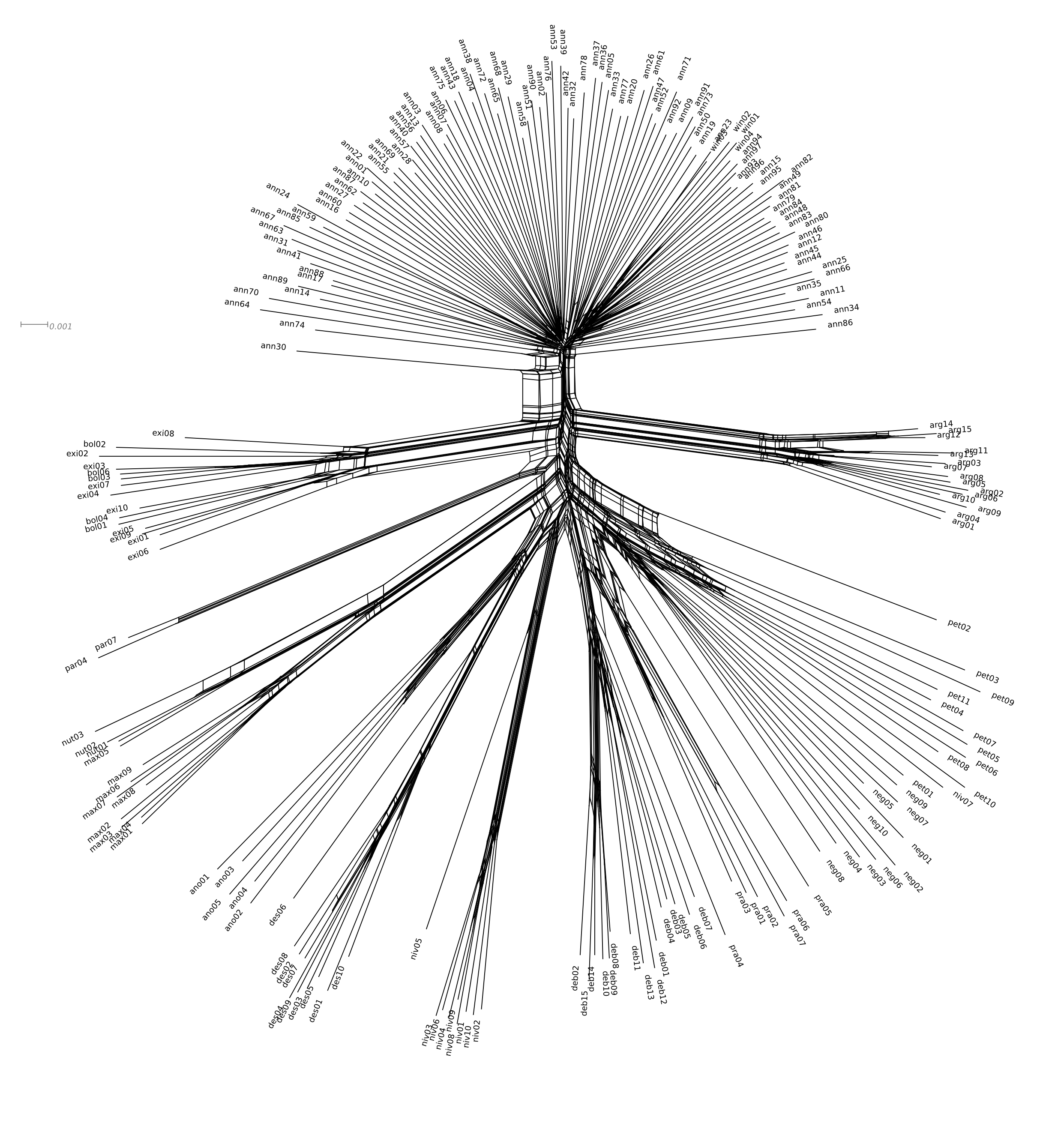Hello All,
Many of us have been annoyed by the restricted file types that WordPress allows to be uploaded to RLR. It’s especially annoying because all WordPress is doing when it permits or denies an upload is checking the file extension against a list of allowable extensions. {Even the most malicious code could be uploaded to our blog as long as it had a .txt file extension. Whether that code could then be made to execute, however, is far beyond my web-programming grasp – WordPress would treat it as plain text so it may be impossible.}
We’ve been sharing code via RLR by sidestepping the file extension rules and uploading scripts as .txt text files or by compressing files into zip archives or just putting the code itself into posts. Admittedly these were simple solutions, but now it’s even simpler – I just added some of the relevant file extensions to the list that RLR will allow for upload.
I added: “.pl”, “.py”, “.sh”, “.R”, “.r” and “.kml”.
Any file with one of those extensions will upload as plain text, i.e. WordPress will treat it as a text file.
If I’ve omitted something useful let me know.
Please remember that code can simply be copied into the body of a post and that will often be the best way to share it. But, in addition to that presentation, and especially for long scripts, you can now upload the script with its file extension to the RLR media library and put a link to it in your helpful post explaining what it does.
Dan.


